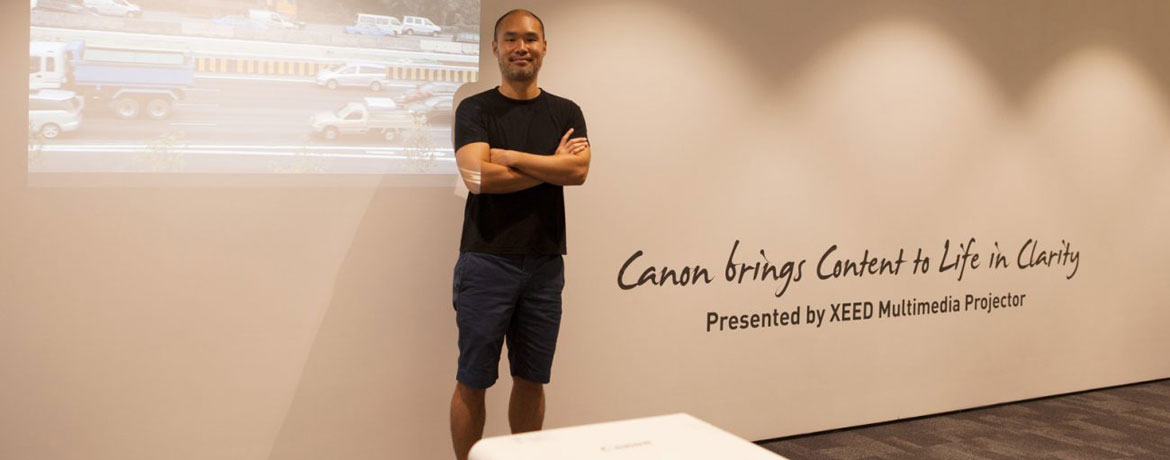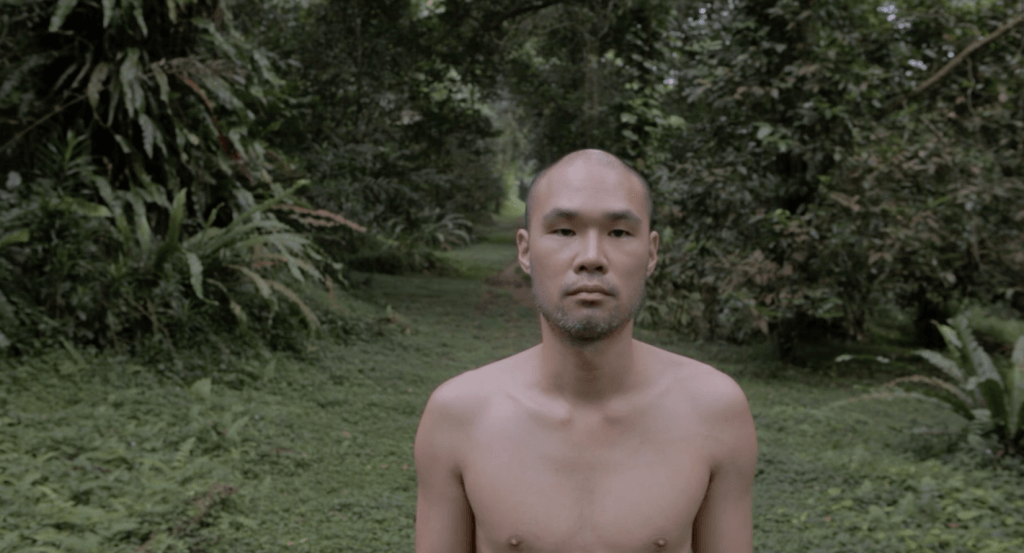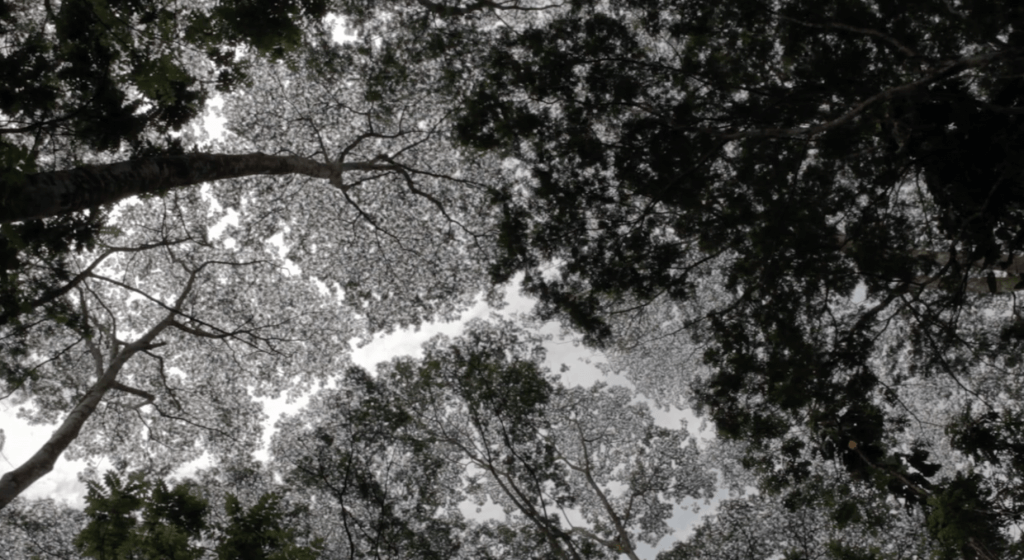
Breathing New Life Into Art and Film
As filmmakers go, Ting Min-Wei is one who stands out for his fiercely conceptual approach to film and keen perceptivity of the human condition. From pursuing a degree in engineering to an unforeseen encounter with photography, Min-Wei’s foray into films, unlike most of his peers, has been as unprecedented as most of his film narratives.
Canon Singapore recently collaborated with Min-Wei to screen his celebrated debut, You’re Dead To Me, which explores the relationship between sound, space and the human mind.
We sit down with this experimental artist to discuss the role of filmmaking in his life and to explore the motivation and tropes behind his debut short film.
What sparked your interest in the arts?
When I was in university, I took a few courses in photography and that opened the door to the arts for me. I decided to quit my job to study at the International Center of Photography in New York — and it took off from there.

Tell us a little about your short film, You’re Dead To Me.
The work started out as an exploration of sound. I started going to Bukit Brown, early in the morning and late at night, to record different sounds in the area when it was still dark. The place is quite magical.
Then I decided to start shooting, incorporating the sounds that I had recorded. It was hard to ignore what was going to happen to Bukit Brown so I tried to convey that in the film — the overhanging sense that it was going to be bulldozed to make space for roads.

How do you think your film adds to the conversation of Bukit Brown? Was there a conscious attempt to preserve the environment through the medium of film?
You’re Dead To Me is not a documentary. Instead, I think of it as an experimental film with Bukit Brown as my palette. I was appropriating the landscape, sounds, even the rituals, like the burning of joss paper, of the area.
There was a performative aspect to it as well, for example the parts with me lying on the grave or walking. But it was also deeply personal as I was doing these things in an effort to confront my fear of the forest. The forest in Bukit Brown is unlike others found around most of Singapore; it’s deeper, darker and denser. It can be frightening. So, part of the film was about me transgressing my own boundaries and confronting my fears.
Would you say that your relationship with Bukit Brown changed with this personal encounter?
Yes, it was no longer about myself merely passing through it. You really get into it. I was spending a lot of time there and venturing deep into the area to make the film.
I went at really peculiar hours — at 4am, 5am — and would hear sounds that were both interesting and alarming at the same time. In the film, you can hear a sound that resembles a growling tiger. I know there are no tigers in the wild in Singapore so I don’t know where that came from. I also picked up a high-pitched sound in the middle of the forest that resembled engine noise.

You screened this film at your art exhibition recently. Tell us a little about how the Canon projector comes into play. How did it aid the screening of your film?
I was able to use Canon’s XEED WUX450ST to screen my film, which was outstanding in terms of the quality of images projected. The colours were vivid and accurate and the resolution was sharp. This allowed me to set up my images with immense ease because I didn’t have to make any adjustments, aside from the basic ones like focus, brightness and contrast.
With 4,500 lumens brightness, the short throw projector was also able to project superior quality images from around one-third of the throw distance of conventional projectors that I am used to working with. As such, I didn’t have to run long cables around the room and risk having the wires get in the way of the audience. Plus, the Motion Blur reduction function kept the images in my film sharp, even during fast-moving video playback.
You will be screening another short film at the upcoming Singapore International Film Festival. Can you tell us anything about it?
The short film that will be featured at the SIFF was filmed as a single tracking shot that runs over 89 minutes. I made it with Canon’s new cinema camera, the C300 Mark II, which really does quite well for itself considering its price.
The tracking shot traverses four interconnected housing blocks that form one housing complex. It’s architecturally very interesting because the four blocks interlink to form a closed angular space.
I’m currently still adding some finishing touches to the film before it premieres at the festival.
For more case studies and business solutions to power up your startup or SME, follow Canon Singapore on LinkedIn!
